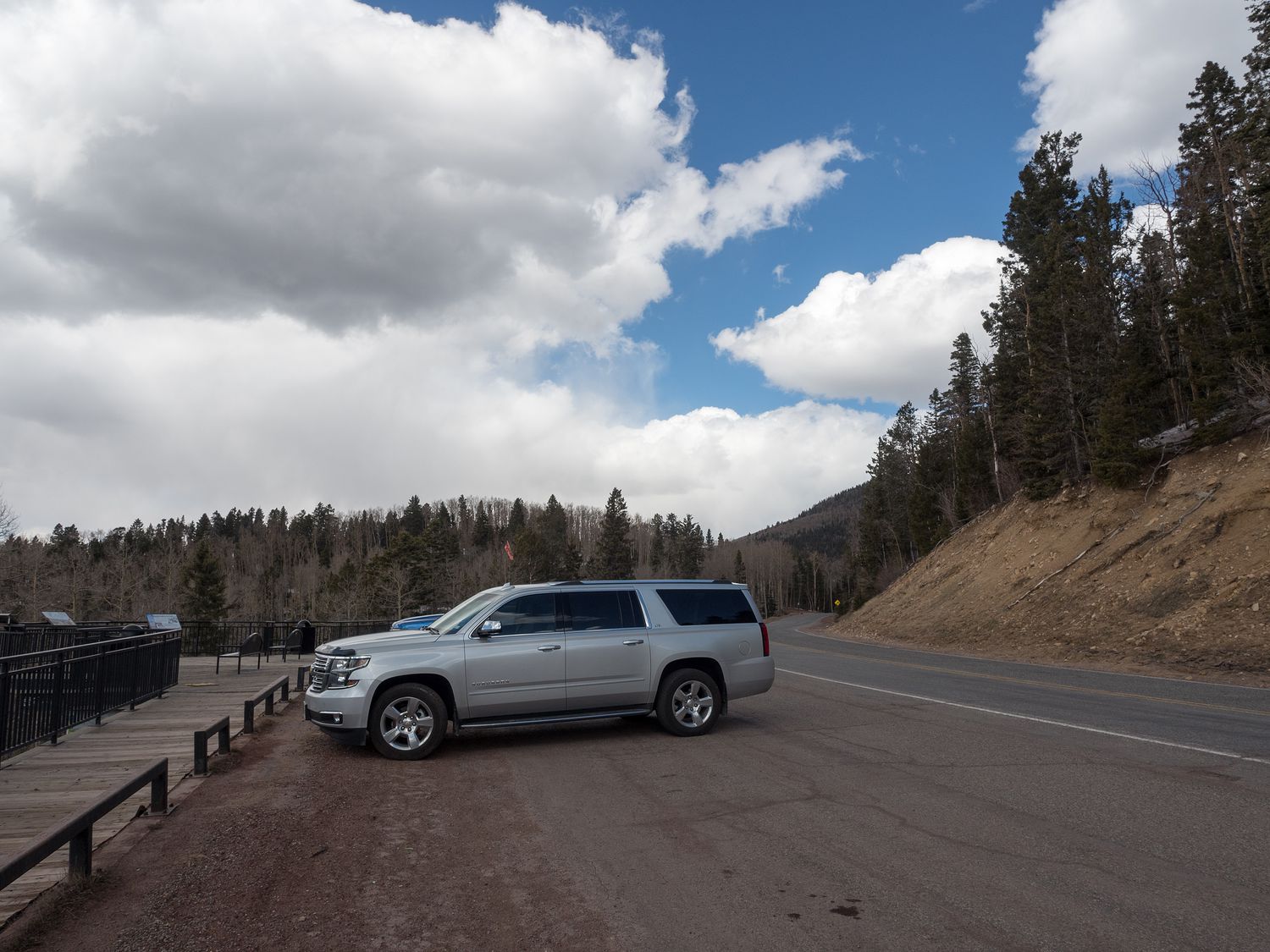Packing for a trip as long as our trip to Atlantic Canada can be challenging. I thought, as we are packing up this week to go, I would share what we pack, and how we do our packing, so other people interested in taking long road trips like this can compare what we take to what they would like to take in the future.
Once upon a time, Mark and I packed entirely in tubs. That is no longer the case, and we have switched to duffel bags, which is especially important for long trips like the Atlantic Canada Trip. On our Alaska trip, we did pack with bags, as we couldn’t fit enough stuff for 4 people and two dogs for 24 days in our tubs. On that trip, we had to put the cooler in the back as well, which took up even more room. In my parents’ new Suburban, which they bought for themselves after enjoying the rental we took to Alaska so much, the middle seats are captain’s chair instead of a bench seat, and the cooler fits down between them, saving us a ton of space in the back.
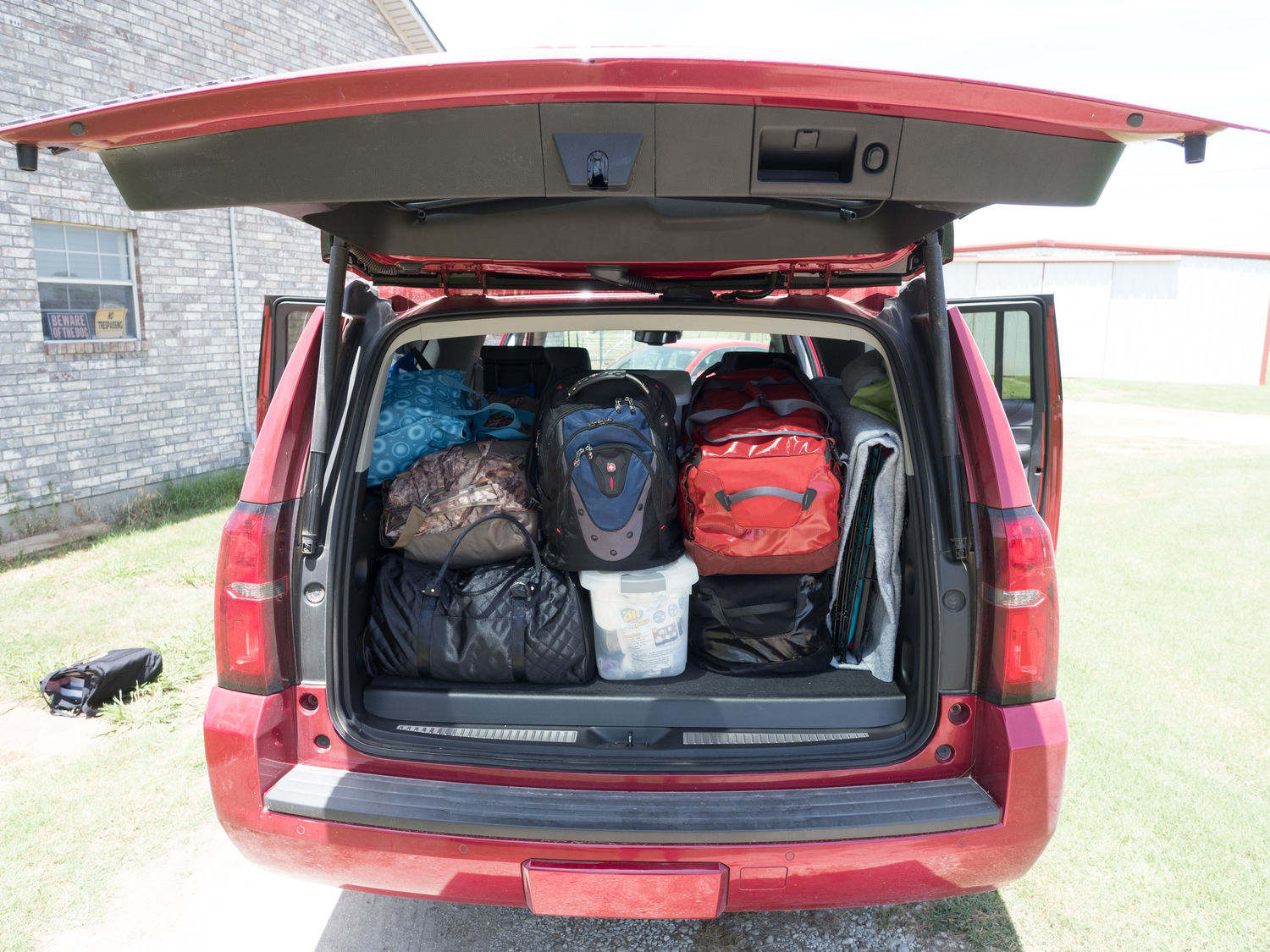
Two people sit in front, two in the middle, and then Ripley sits in half of the back row of seats, with the other half folded down. On the folded down side, we put her cage, which is harder to fit in the back of the suburban any other way without taking up too much room. Each person has their own duffel bag, each dog has their own smaller bag, and we have two shower/toiletry bags, one for my parents and one for Mark and me.
As you can see in the photo, we still take a couple of tubs: one for non-perishable food, and one for kitchen supplies. That is roughly the maximum we can fit in the Suburban, give or take some water bottles and whatnot shoved into the vehicle’s nooks and crannies. Since each person has one duffel bag for 24 days, packing carefully is very important. You can only take exactly the things you will need, and nothing else. Mark and I are constantly evaluating the things we take during each trip, remembering what we use and don’t use, so we can pack better in the future. We aren’t always successful, but it is a worthy goal.
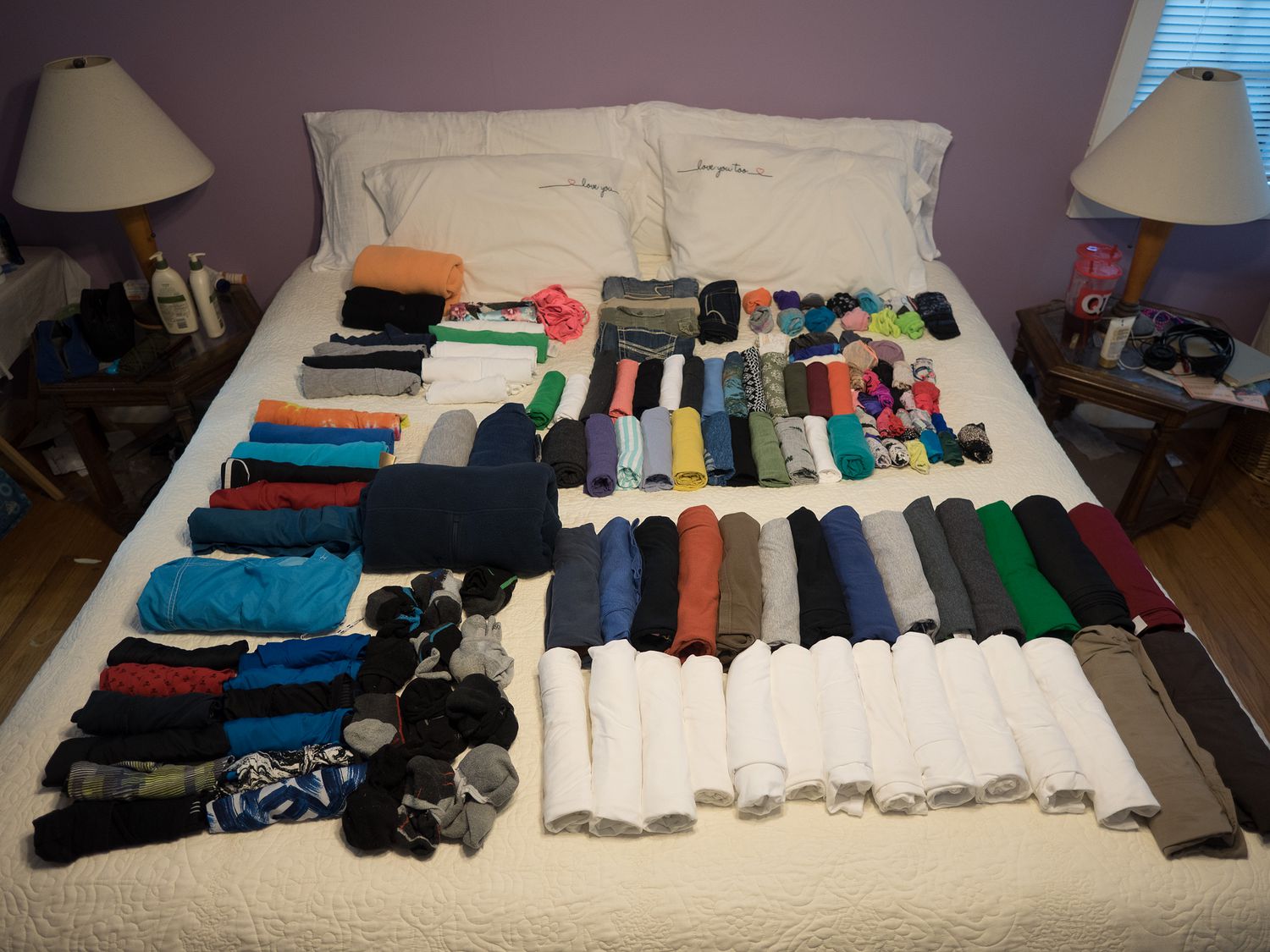
Clothes are generally the hardest part for most people, I would think. You really have to look at the weather and decide exactly what clothes you will need for the trip. We do not usually take nice clothes, and we assume that we will not go to any events that require that we dress up on our trips, simply because that would be to much to prepare for. It can be really hard not to over pack. We try to pack warm clothes that will layer, and can be worn with more than one outfit, to keep from taking up too much space. This is much harder in winter, as bulky sweaters and coats add up very quickly. For summer, packing is a bit lighter.
You’ll notice that we roll all of our clothes, as this makes them pack down even tighter, and helps prevent wrinkles. Once the clothes are rolled, we pack them into Eagle Creek packing organizers, which make it really easy to fit the clothes into our duffel bags. Given that we need to keep each person limited to one duffel, we also have a rough bag size-requirement: 90L, give or take a little. Mark and I each have a 90L Patagonia Black Hole duffel, and we love them.
We also plan to do laundry on trips this long. Since this trip is 24 days, we plan to pack clothes for 12 days, and do laundry at roughly the halfway point. When you know you are going to need to do laundry, its important to be sure that the hotel you are staying in that night will have a laundry room, or that the town you are staying in is large enough to have a laundromat. Take a laundry bag, to keep the dirty clothes separate, and help you haul them to the washing machines. We usually take running clothes for 6 days, and we will try to wash those more frequently. It’s nice not to have to do everything on a single huge laundry day.
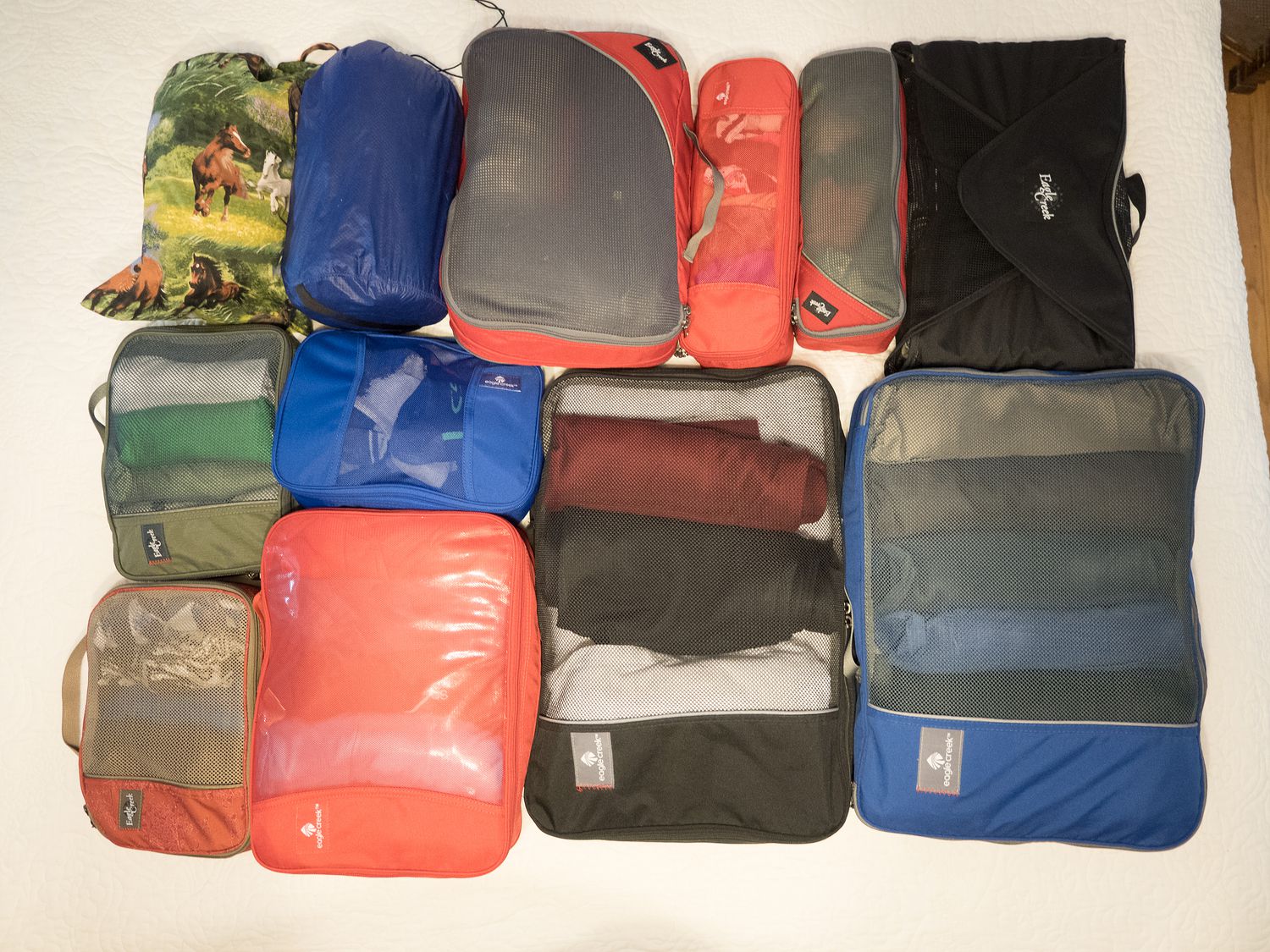
Clothes
- shorts, T-shirts, etc. for 12 days
- long sleeved shirts (1 each)
- sweater (1 each)
- jeans (1 each)
- pajamas (4 each)
- swimsuit (1 each)
Running Clothes
- running clothes for 6 days
- running jackets (1 each)
- running hats
- gloves
- beanie/warm hat
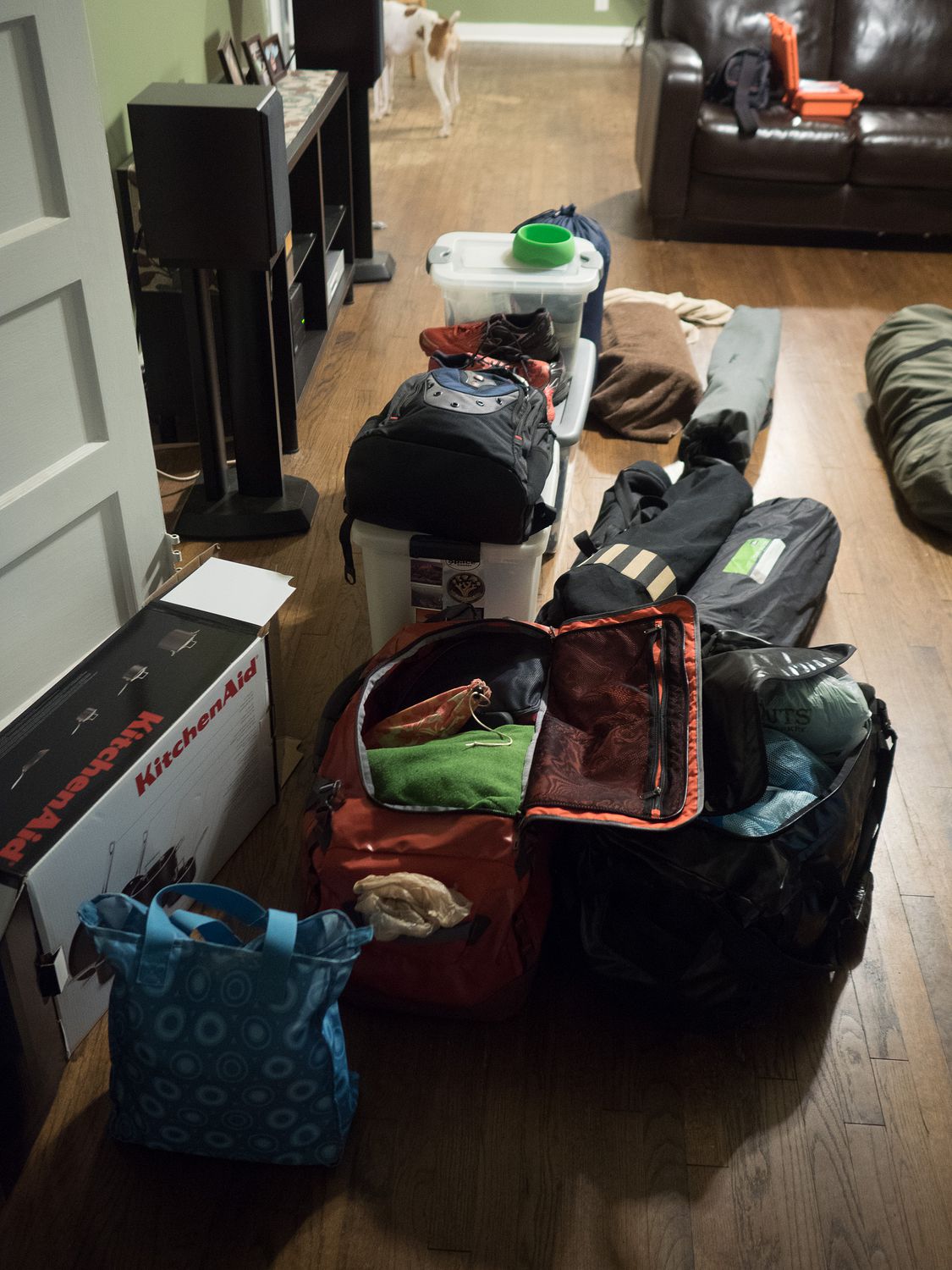
Shoes can be difficult as well. The best thing to do for shoes is to take a single pair you plan to wear everyday, and a backup pair that you can get muddy or wear if your other shoes get wet. In our case, Mark and I wear comfortable sneakers every day, and pack a set of hiking sneakers to get muddy or wet. We also take running shoes. I know that starts to sound like too many shoes, but if you’ve ever worn your running shoes all day after running (and sweating!) in them that morning, you will know how awful it can be not to have a pair of dry shoes. We also take a pair of flip-flops for the hotel, as the carpets in those places are generally not the cleanest. Flip-flops pack almost totally flat, so they take up virtually no room and are nice to have.
Shoes
- flips flops (both)
- running shoes (both)
- hiking sneakers (both)
Our shower bag is not usually too full of stuff. We’re very choosy. Most of what we pack there is pretty ordinary, though for trips this long, I try to pack bottles that are completely full, so that we will not run out of our usual products in the middle of nowhere and be forced to buy something we aren’t used to. That is particularly problematic for things like face wash, as switching brands suddenly can irritate your skin. You’ll also notice we take several things you might not need on a shorter trip: sunscreen, bug spray, and nail clippers come to mind. The longer your trip, the more likely you are to need toiletry items you only use once a week or less.
Toiletries
- shampoo
- conditioner
- body soap
- toothbrushes
- toothpaste
- q-tips
- contact case
- contact solution
- spare contacts
- floss
- shaving cream
- razor
- face wash
- face lotion
- sunscreen
- nail clippers
- nail file
- deodorant
- bug spray
- hand lotion
- blow drier
- hair brush

I call this section the “cooking” section, though we rarely do any actual cooking on trips this long. It might be more accurate to call it the “kitchen” section. In general, we pack things to make picnicking a little easier on the roads. Our kitchen tub has things like disposable dinnerware, paper towels, salt and pepper, dishes to make salads, nalgene bottles for water, and ziploc bags for food that we’ve opened and need to store. Some of this is common to all trips, but some of it can be unique, based on what food you are taking or what you are planning to do. For instance, we know we will be in the middle of nowhere rather frequently on this trip, so we are planning for a lot of picnic lunches.
Another packing item unique to this trip is condiment-related. On our trip to Alaska, we had a mayonnaise bottle leak into the cooler. It contaminated some of the drinks without us realizing it, and my mom got very sick that day, when she didn’t wash the top of her soda before she drank it. We cleaned out the cooler thoroughly that night, and bought a new mayonnaise container the next day. On this trip, we’ve decided to eliminate this problem entirely by taking individual mayonnaise and mustard packets. These will take up less space, too.
Cooking
- knife
- pots
- bowls
- plates
- forks
- spoons
- water bottles
- paper towels
- mustard
- mayo
- stove
- fuel
I know a lot of places sell first-aid kits, and in a way I can see the appeal, but they are generally expensive, and unless you’re planning to be doing strenuous activities on your trip, they can be overkill. Not to mention the products in them expire every few years, and the entire kit will need to be replaced.
That’s why I’m an advocate for building a first aid kit based on what you will need, out of things you can use at home. That way, you use things before they expire, and you can just replace individual items before each trip. For me, the most important part of a first aid kit is medication for stomach issues, as those seem to crop up most frequently on trips. I also pack things for minor wound care, and medication for allergies. Mom and I are both prone to motion sickness, so dramamine is important too. An Ace bandage wrap helps with things like twisted knees and ankles. Beyond that, be sure you have enough of your prescription medications, especially on trips this long, as it can be difficult to find a pharmacy, especially if you are out of your home country.
First Aid Kit
- tums
- diarrhea meds
- pepto-bismol
- dramamine
- band aids
- antibiotic ointment
- antiseptic
- benadryl
- ace bandage
- prescription medications
- tylenol
- 24-hour allergy pills
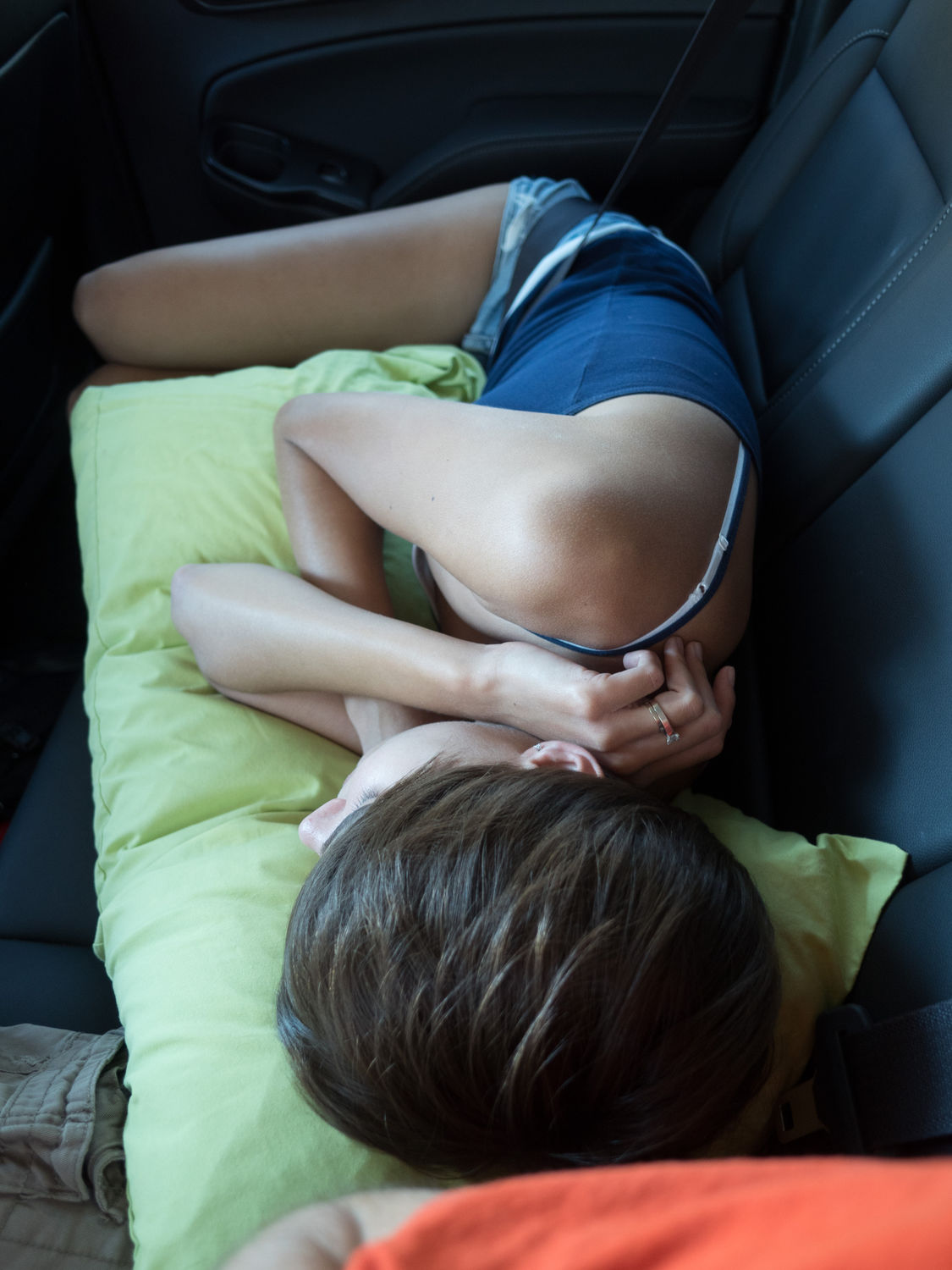
The “other” category is for things that don’t really fit anywhere else. Things to do laundry, a pillow for sleeping in the car, and a blanket if it’s winter can really make things easier on the road. For this trip, we are taking travel towels, in case we get into the water for some reason. I know most of the trip is coastal, and I know I’m packing us swimwear, but the idea of getting in the water sounds terrible. Time will tell. Paper maps are great for this trip, since none of us will have cell phone service while we are in Canada. We should have WiFi everywhere at night, but during the day we will be on our own. Mark has been caching the digital maps on his phone, too, so we can use them offline. You’ll also notice that we are packing books to read for the trip. You’ll get to read about those, if you are interested, as the trip progresses.
We are expecting quite a bit of rain on this one, so everyone needs rain gear, just in case. We are also taking our hats, to protect us from the sun. Hand sanitizer and toilet paper are an unfortunate necessity as well, just in case we have to go when there’s nowhere civilized to go. It could really happen on this one, though I’m obviously hoping it doesn’t. Always prepared, or something.
Other
- pillow
- laundry detergent
- dryer sheets
- travel towels
- National Parks stamp book
- passports
- reading books
- iPad
- glasses
- maps
- computer
- bottled water
- phone chargers
- hand sanitizer
- toilet paper
- umbrella
- rain jackets
- sun hats
- baseball caps
- hotel/ferry printouts
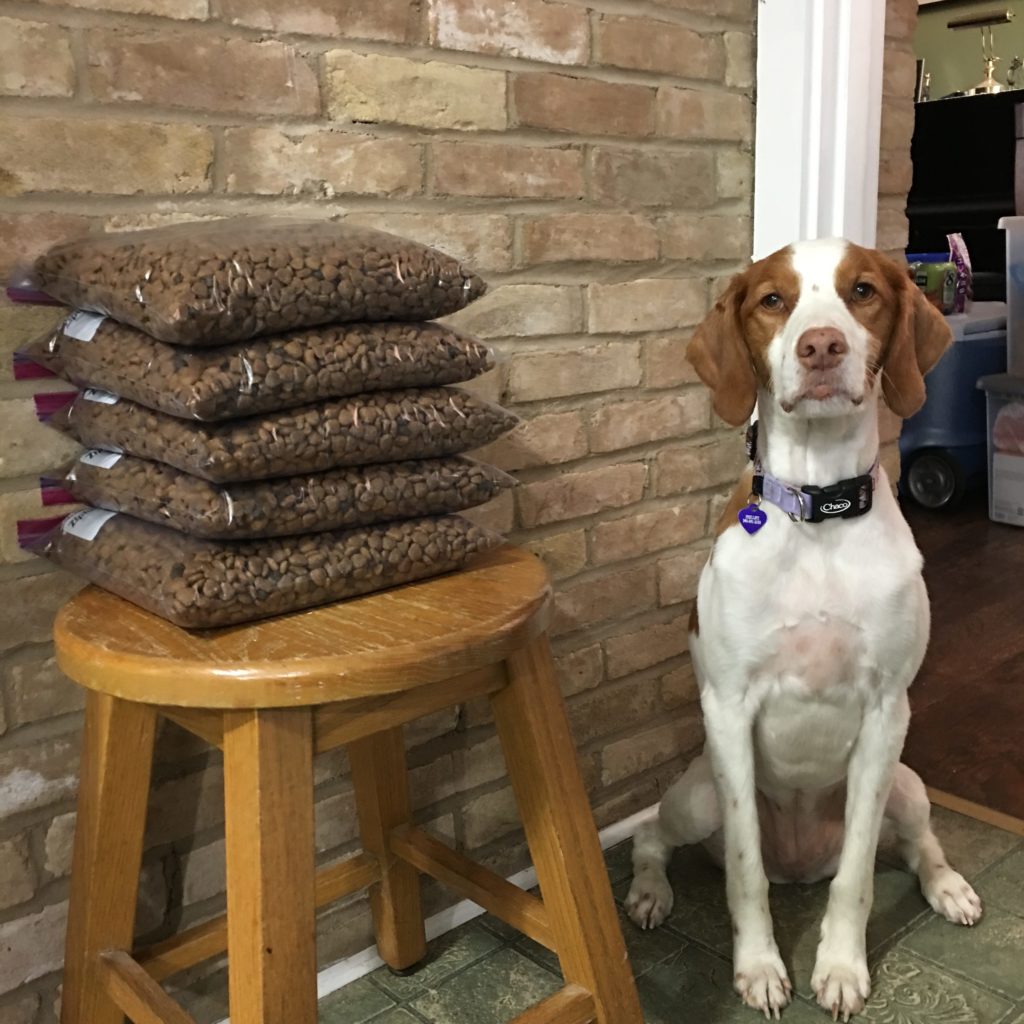
Finally, of course, we come to Mark’s cameras. This bit it different for everyone. I would say if you are bringing a real camera, instead of just using your phone, a tripod is an important thing to remember, especially if you want photos with the whole family. If your camera is digital, you’ll want plenty of storage space, so if there isn’t room to back up photos on your laptop, be sure to bring a small portable hard drive to transfer the photos to. You wouldn’t want to lose any after you worked so hard to take them.
Cameras
- 2 cameras
- film
- cleaning cloth
- camera bags
- charger
- card holder
- tripod
- portable hard drive
That’s it, really. We are leaving tomorrow, and I’m sure you’ve noticed I’ve left out Ripley’s packing list, so I think that will probably have to wait until after to trip for an update. There’s an older version, if you’d like to take a look at that one. It’s a bit out of date, but not terrible overall. Stay tuned for our daily blog posts as we tackle our most ambitious trip since Alaska 2015!
